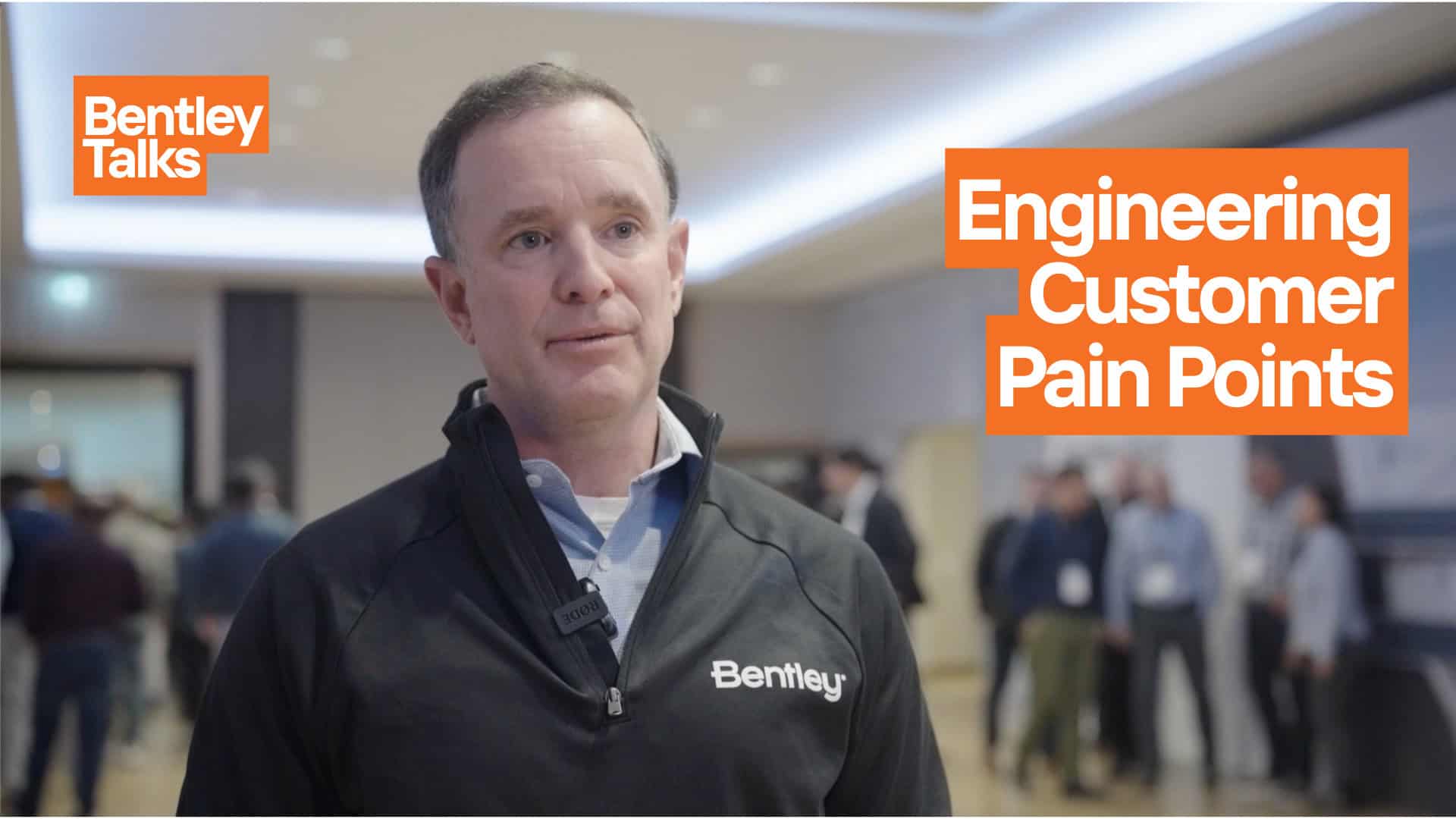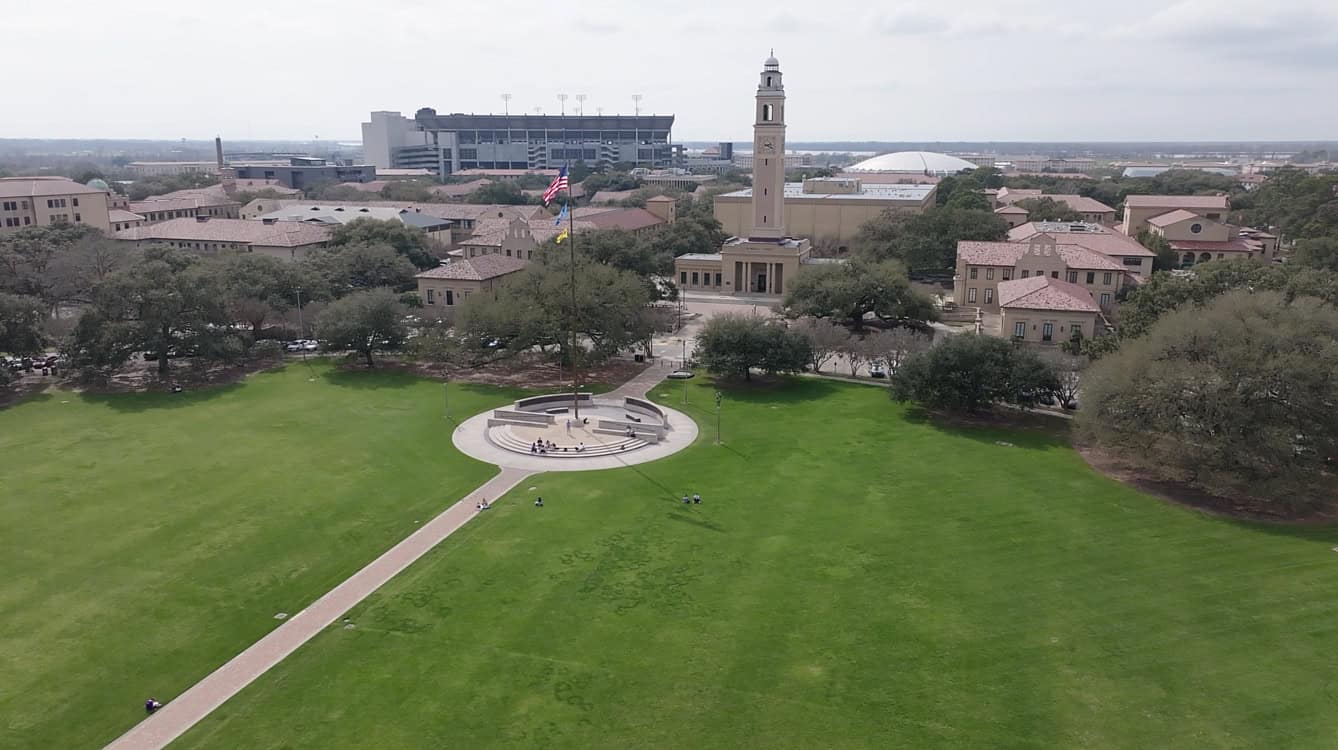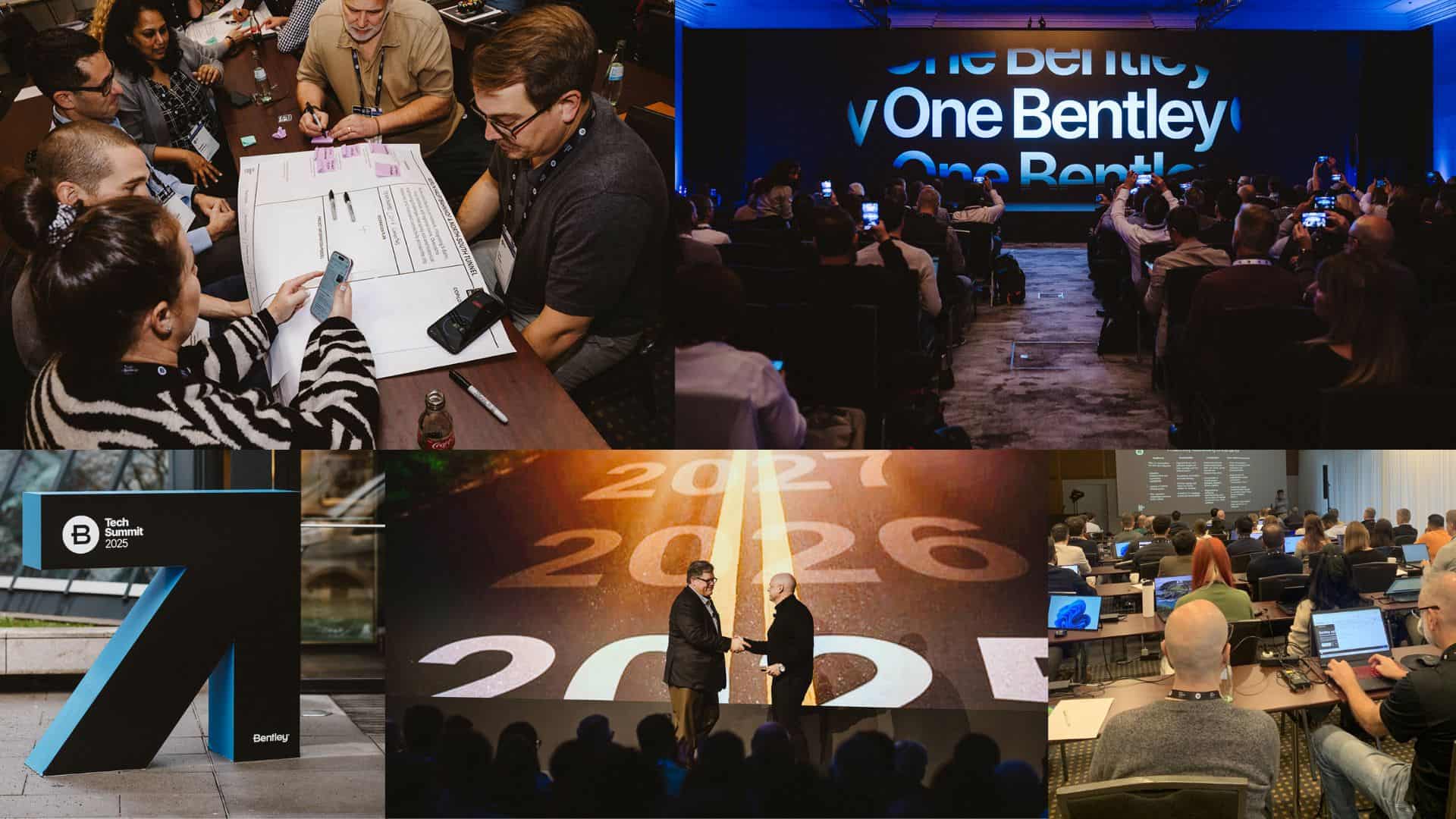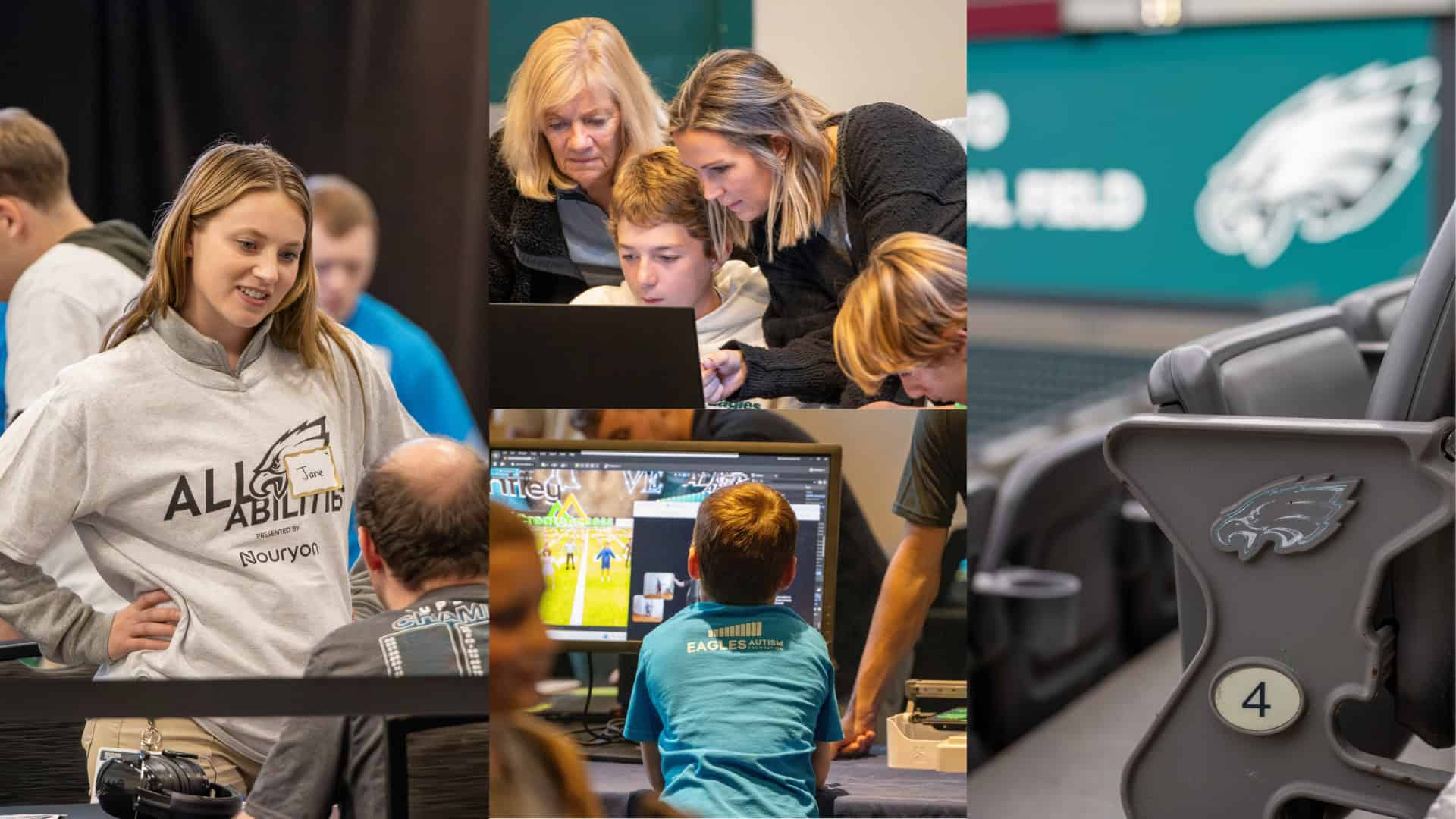In the ever-evolving landscape of the global infrastructure sector, the journey to the future is defined by digital transformation, and infrastructure digital twins are playing the leading role.
Squeezed between a resource capacity gap and growing demand, the sector is at an inflection point. The resource capacity gap is evident. U.S. Bureau of Labor Statistics data forecasts a need to add 25,000 civil engineers a year over the next decade to keep up with attribution. This trend extends well beyond the U.S. The U.K., Japan, and Australia are among the countries reporting this gap.
On the demand side, population growth, climate change, and aging infrastructure are among the factors contributing to unprecedented infrastructure project backlogs. This all amounts to an urgent need to do more with less— A need that digital transformation is purpose-built to address.
But herein lies another layer of this challenge: The design, construction, and operation of infrastructure is plagued by longstanding inefficiencies. Historically discrete files and paper documents silo important project data. These silos result in the loss of important information between phases and get in the way of progress, compounding the already significant resourcing and demand-side challenges.
Significant as these challenges may be, I have little doubt that given the right technology, engineers will prevail. Infrastructure digital twins are that technology.
A Better Way to Access Design Data
Digital twins are not just replicas of your assets, they are dynamic counterparts – they are essentially “alive”. Unlike static documents, digital twins evolve seamlessly as infrastructure projects progress across phases of the infrastructure lifecycle. Not only can you watch the progression of your project from a digital twin, but you can also use it as your data library.
In the design phase, when ideas and assets are just beginning to take shape, the digital twin’s role as a single source of truth proves invaluable across disciplines, keeping engineers, project managers, owner-operators, and other stakeholders on the same page with the latest information.
The transformative potential of digital twins lies not just in creation, but in persistence. A digital twin can serve as a repository of design data that continually adapts to the realities of construction. During the design phase, teams bring a concept to fruition by creating and gathering technical details and specifications, as well as information about the regional, urban, and environmental context in which the built design will ultimately exist. When this information is uploaded and tied together in a digital twin, it can then be used as a platform for critical tasks, such as design optimization, clash detection, and simulation.
To name just one real-world example, the New York State Department of Transportation (NYSDOT) needed to replace the East 138th Street Bridge in the Bronx, New York City, a densely packed urban environment that contains a concealed and complicated web of utilities beneath the project site which the team needed to either relocate or design around. By creating a digital twin, NYSDOT identified and resolved highly complex design constraints among 180 reviewers across 15 agencies.
Benefiting throughout the Project Lifecycle
The design phase is just the beginning of how a digital twin can organize your data. During construction, teams can add scheduling and resource planning information to the model, leading to increased safety and efficiency measures that impact costs as well as environmental impacts. After a project is finished, the digital twin can reflect any resulting changes to the assets to ensure smooth operations and proactive maintenance. When strengthened with data from multiple open and domain-specific applications, a digital twin provides seamless, traceable, and transparent data flow to ensure consistency, accuracy, and accessibility across all stages of an asset’s lifecycle.
Using a digital twin as a platform for development helps to make sure that the design is right the first time. What will be passed from design to construction will come from the same source of truth used across stakeholders during design. If adjustments are needed down the line, teams can use the digital twin as a guide and retain both up-to-date and historical data.
The innovative ITER project is breaking new ground in terms of how infrastructure digital twins can be used to help guide construction. As part of the multinational effort to create large-scale energy production from nuclear fusion, the team is using a digital twin to rehearse assembling components weighing up to 1,500 tons sourced from various locations across the globe before they are manufactured and arrive on-site for assembly. The efficiency gains from this approach to construction are not only reserved for cutting-edge mega-projects like ITER, they can also be applied to smaller-scale projects.
Once built, real-time data from Internet of Things sensors in the field automatically bring additional layers of data to the digital twin to help with remote monitoring and inspections, saving time and money – and, in cases where traditional inspections are dangerous, increasing safety and reducing risk. Engineering firms and owner-operators responsible for bridge monitoring, dam monitoring, and water network monitoring are among those already seeing benefits from this approach.
Building Blocks of the Future
Infrastructure projects no longer need to rely on siloed, static documents. Digital twins grow organically as projects progress into construction, absorbing new data layers into their very fabric. As a result, the utility of digital twins lies not just in their creation, but in their persistence – a living digital replica that adapts and thrives on real-world conditions.
In the current landscape where resource constraints and project backlogs pose significant challenges, digital twins have become a valuable method for not only visualizing and unlocking data but also intelligently leveraging it across all phases of the infrastructure lifecycle.
While infrastructure digital twins represent the building blocks of a digital future, artificial intelligence represents rocket fuel to help accelerate our journey – something that we will dive deeper into during my next article.









